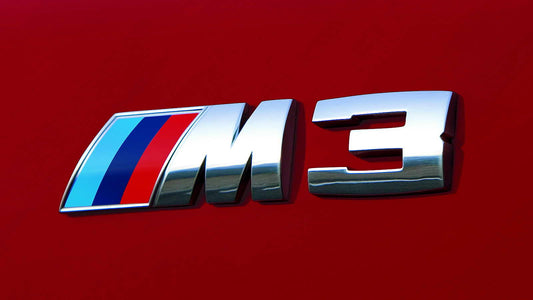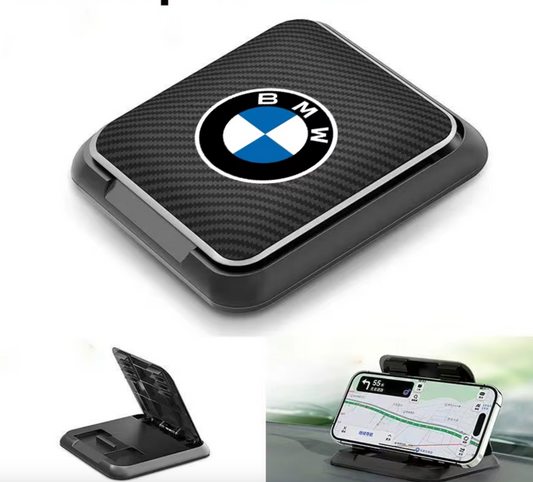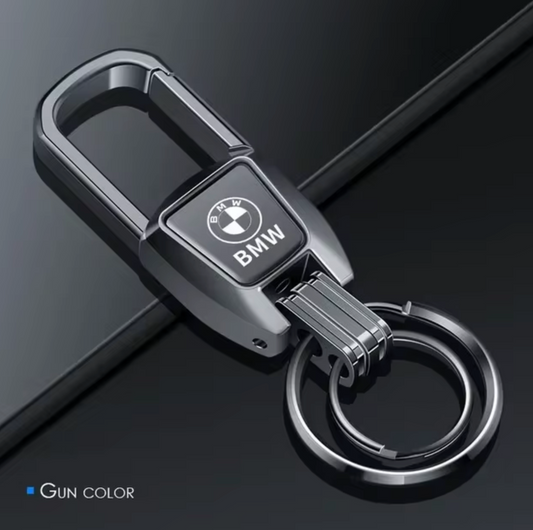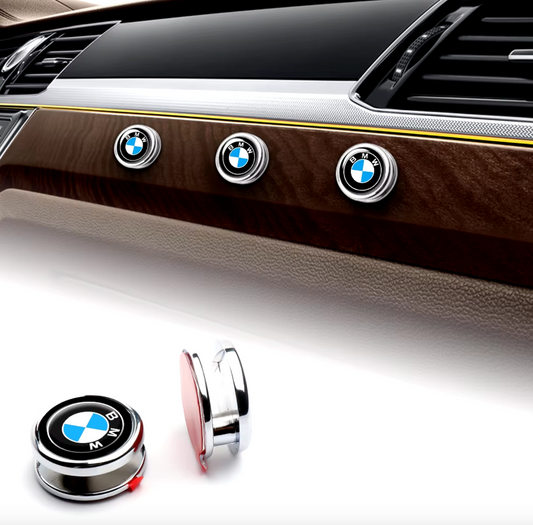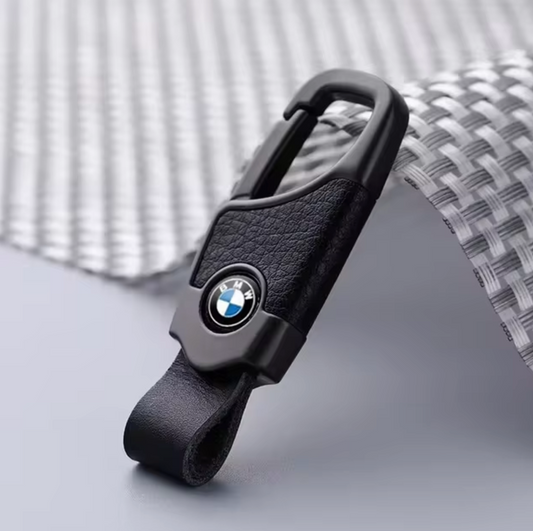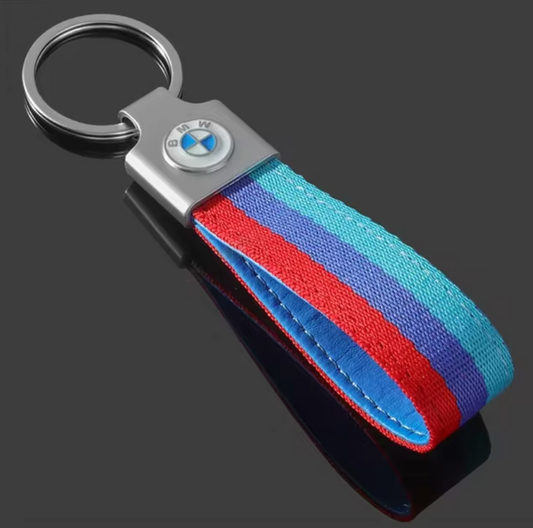How to Restore a Classic BMW: A Complete Guide for Enthusiasts
Restoring a classic BMW is an exciting task that requires patience, knowledge and an innate love for German engineering. In this guide, we provide you with all the insights you need to restore the glory of these iconic models that marked automotive history.
1. Vehicle Identification and Evaluation
Before embarking on a restoration, it is essential to correctly identify the model and assess its condition. Start by checking the chassis number and consulting historical records. This will not only help you to know its authenticity, but also its potential value once restored.
General State Inspection
Perform a detailed visual inspection focusing on the body, engine, suspension and other key components. Document all damage, corrosion and missing parts. It is good practice to take detailed photos for a before and after.
2. Complete disassembly
After the assessment, start with the disassembly . This stage involves removing all parts in an orderly and labeled manner. Use special tools and workshop manuals specific to your classic BMW model.
3. Body Restoration
Corrosion is the number one enemy of classic cars. Stripping, weld repair and the use of appropriate primers are crucial steps. Also consider recovering or replacing bodywork, bumpers and panels.
4. Engine and Transmission Review
Most classic BMWs have solid engines and transmissions, but they require a complete overhaul. Consider cylinder reboring, valve adjustments, and replacing seals and gaskets to ensure your BMW's heart is beating strong again.
Replacement of mechanical components
Replacing worn components such as seals, belts and filters is essential. Always use genuine BMW spare parts to ensure quality and durability.
5. Electrical System and Wiring
The electrical system can be a challenge, but it is vital to the operation and safety of the car. Check all wiring, connections and fuses , and consider upgrading to a modern system if necessary.
6. Restoration of the Interior
The interior reflects your dedication to restoration. Reupholstering seats, repairing door panels and restoring the dashboard are common tasks. Don't forget to check the climate control system and electrical controls.
7. Painting and Final Details
Finally, it's time for the paint job. Use original colors or customize your classic BMW to give it a modern touch. Don't underestimate details like badges, frames and emblems, as they add the finishing touch to your masterpiece.
8. Testing and Final Adjustments
Once everything is assembled, it's time for testing. Perform a full functional check and adjust as needed. This is the phase to make sure all systems are working perfectly and your classic BMW is ready for the road.
Restoring a classic BMW is a journey of dedication and love for the brand. Make sure to always use original spare parts and accessories, available in our online store, to ensure a high-quality restoration faithful to BMW history.



